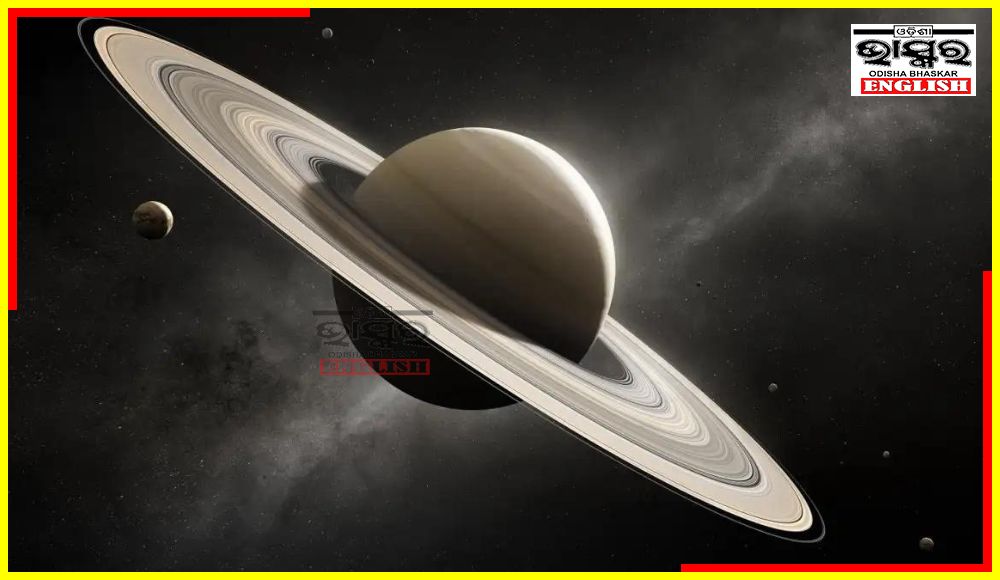Saturn, renowned for its spectacular ring system, is set to undergo a temporary visual transformation in 2025. The planet’s iconic rings, made up of billions of icy particles and rock fragments, will become nearly invisible from Earth due to a rare planetary alignment.
Why Will Saturn’s Rings Disappear?
The disappearance of Saturn’s rings from our view is linked to the planet’s axial tilt of 26.7 degrees. As Saturn orbits the Sun, its rings will align edge-on to our line of sight, making them less visible. This alignment is akin to viewing a sheet of paper edge-on; the rings will be barely noticeable during this period.
According to Earth.com, Saturn’s rings will not actually disappear but will appear significantly fainter due to this alignment. The rings’ reduced visibility will be a temporary phenomenon, occurring every 29.5 years. After March 2025, the rings will reappear and then become less visible again in November 2025, with a full view expected to return by 2032.
“Every 13 to 15 years, Saturn’s rings are seen edge-on from Earth, reflecting minimal light and becoming difficult to observe,” explained Vahe Peroomian, professor of physics and astronomy at the University of Southern California, to CBS News. The last edge-on view occurred in 2009, with the next alignment set for March 23, 2025.
Composition of Saturn’s Rings
The origin of Saturn’s rings is still debated. Theories suggest they may be remnants of a destroyed moon or comet or leftover material from Saturn’s formation over 4 billion years ago. Comprising primarily ice particles, rocky debris, and cosmic dust, Saturn’s rings vary in size from tiny grains to large chunks. The system includes the prominent A, B, and C rings, along with the fainter D, E, F, and G rings, separated by gaps like the Cassini Division, which spans approximately 4,800 kilometres.
Gravitational interactions with Saturn’s numerous moons, including “shepherd moons,” play a crucial role in maintaining the rings’ structure by exerting gravitational forces on the ring particles.




Comments are closed.